Rajapaksa is guardian, savior and hope of Lanka
To describe Sri Lanka as Sri Rajapaksa may be just apt for the leader who changed the destiny of the island country. There are few international leaders in contemporary global polity that have successfully changed the war torn country in a vibrant progressive democracy in their life time. The charismatic leader accelerated the pace of development of the island country by pushing various infrastructure projects that transformed the growth rate and GDP of the country from 2009 onwards. Mahinda Rajapaksa, served as the sixth President of Sri Lanka from 19 November 2005 to 9 January 2015. A learned lawyer by profession, Rajapaksa was first elected to the Parliament of Sri Lanka in 1970, and he served as prime minister from 6 April 2004 until his victory in the 2005 presidential election. He was sworn in for his first six-year term as president on 19 November 2005. He was re-elected for a second term on 27 January 2010. However due to international and domestic reasons, he was defeated in his bid for a third term in the 2015 presidential election by Maithripala Sirisena and left office on 9 January 2015. Several months after leaving office, Rajapaksa unsuccessfully sought to become prime minister in the 2015 parliamentary election, where the United People’s Freedom Alliance was defeated. He was, however, elected as Member of Parliament for Kurunegala District.
The giant of Lanka polity entered politics way back in 1970 as the SLFP Member of Parliament in 1970. Rajapaksa big break came in 1994, following the election victory of the People’s Alliance a political front led by Sri Lanka Freedom Party and headed by Chandrika Kumaratunga, Rajapaksa was appointed Minister of Labour. He held this post until 1997 when, following a cabinet reshuffle, his portfolio was changed to Minister of Fisheries and Aquatic Resources. When the United National Party (UNP) defeated the People’s Alliance in the 2001 elections, Rajapaksa lost his position in the Government. He was however appointed as Leader of the Opposition in March 2002. However in 2004 elections, the United People’s Freedom Alliance gained a slim majority in Parliament and Rajapaksa was sworn in as Sri Lanka’s 13th Prime Minister on 6 April 2004. While Rajapaksa was the Prime Minister, he also held the Ministry of Highways. Mahinda Rajapaksa was chosen by Sri Lanka Freedom Party to contest with former Prime Minister and Opposition Leader, Ranil Wickremesinghe, the leader of the United National Party in this Presidential Election held on 17 November 2005. Despite the huge election campaign led by UNP, Mahinda Rajapaksa was able to gain a narrow victory by 190,000 votes.

After becoming President of Sri Lanka, Rajapaksa reshuffled the cabinet and took the portfolios of Defence and Finance in the new cabinet, which was sworn on 23 November 2005. Immediately following his election in 2005, Rajapaksa extended the term of the Commander of the Sri Lanka Army Sarath Fonseka, less than a month before he was scheduled to retire. Over the next three and a half years Fonseka and Rajapaksa’s brother and Defense Secretary Gotabhaya Rajapaksa led the country’s armed forces in their battle against the LTTE, ultimately defeating the Tigers and killing their leader Velupillai Prabhakaran. It was the most grueling battle that the world has witnessed in the recent times and it made Mahinda Rajaspaksa a national hero and international leader of repute.
The most challenging phase of Mahinda Rajapaksa’s political career came after he took the Presidency of the country. His political skills, diplomacy, will power and military acumen were tested by the most horrific ethic conflict that his country had witnessed. Although styling himself as a man of peace and a willing negotiator, Rajapaksa signaled his intention to end the peace process once in power by forging an alliance with the Sinhalese nationalist Janatha Vimukthi Peramuna and the Jathika Hela Urumaya. The JVP had opposed the original 2002 peace process as treasonous. The agreement made with Rajapaksa included provisions which called for a revision of the ceasefire agreement to give the military broader powers against the LTTE, as well as ruling out of any devolution of power to the Tamil people.
Immediately following his election victory, a series of mine blasts blamed on the LTTE in the country claimed the lives of many off-duty servicemen and civilians, pushing the country back to the brink of war. Following the closure by the LTTE of a reservoir supplying water to 15,000 people named “Mavil Aru” in government controlled areas on 21 July 2006, the Sri Lankan military launched an offensive against the LTTE, bringing the entire reservoir under government control. Further military engagements have led to the LTTE been driven out of the entire Eastern Province of Sri Lanka and loss of 95% of the territory they controlled. The Sri Lanka government declared total victory on 18 May 2009. On 19 May 2009 President Mahinda Rajapaksa delivered a victory address to the Parliament and declared that Sri Lanka is liberated from terrorism. It was a near miracle achieved by the Rajapaksa led team and instantly he became national hero and darling of the masses in Sri Lanka.
His presidency after ending the Civil war in 2009 is known for the initiating the large scale infrastructure projects. Sri Lanka also made it into the “high” category of the Human Development Index during this time. Initiating, completing and development of many Highways, Roads, Colombo beautification project, rural infrastructure development projects are some several major projects. However the roadways are known for extremely high costs and are suspected of corruption and the large amount of Chinese loans tripled the country’s foreign debt and created an economic crisis. But Rajapaksa claimed that under him Sri Lanka started to experience a rapid economic growth and the GDP growth rate reached over 7%. However this has been disputed and after his fall the successor government revealed that GDP growth was inflated by using the year 2002 as the base year; which is usually revised once in five years. GDP growth for 2013 and 2014 which was 7.2% and 7.4% using 2002 as base year was reduced to 3.4 and 4.5 percent respectively.
Capitalising on the end of the Sri Lankan Civil War in May 2009 and coming off an election win in January 2010 and with the near-collapse of the opposition United National Party, President Mahinda Rajapaksa rallied more than the two-thirds majority in Parliament necessary to pass an amendment to the constitution removing presidential term limits. On the 9th September 2010 the Parliament passed the amendment to remove presidential term limits from the Constitution. This amendment allowed Rajapaksa to run for a third term and cement his grip on power. The move came just a day after the Supreme Court ruled that a referendum was not required to make the change. The amendment had even more even more far-reaching consequences than just term limits, including provisions that increased the president’s power
to act without oversight removing an independent advisory council that the president currently must consult before appointing people to important nonpartisan posts, like Supreme Court judges and members of the human rights and electoral commissions. A Parliamentary Council without veto power and with only two opposition members was created in its place.
In a move that was widely seen as solidifying his control over the Supreme Court, Rajapaksa removed chief justice Shirani Bandaranayake from office in January 2013, allowing him to appoint an ally and legal adviser, former Attorney General Mohan Peiris, as Chief Justice. In November 2014 the Supreme Court dismissed legal concerns about President Rajapaksa’s eligibility to seek a third term. Two years ahead of schedule, in November 2014, Rajapaksa signed an official proclamation confirming that he will seek re-election for a third term, after being unanimously endorsed by his Sri Lanka Freedom Party. The first time any Sri Lankan President has ever done so. Though his second term officially was to ends in November 2016, he could legally seek re-election after completing four years in office, a marker his office said he passed on November 19.
In the run up to the election being called several names had been suggested for nomination as the common opposition candidate: former president Chandrika Kumaratunga, UNP leader Ranil Wickremesinghe, UNP Leadership Council Chairman Karu Jayasuriya, former Chief Justice Shirani Bandaranayake and leader of the National Movement for Social Justice Maduluwawe Sobitha Thero. However, on 21 November 2014, after the election had been called, Maithripala Sirisena, was revealed as the common opposition candidate by the UNP. Sirisena had been Minister of Health in Rajapaksa’s government and general secretary of the SLFP before defecting to the opposition coalition. Sirisena immediately received the support of former president Chandrika Kumaratunga and several UPFA MPs that had defected alongside him. The other UPFA MPs were stripped of their ministerial positions and expelled from the SLFP.
Rajapaksa received the backing of a number of small constituent parties of the UPFA including the Ceylon Workers’ Congress, Communist Party, Lanka Sama Samaja Party (LSSP), National Freedom Front, National Union of Workers and the Up-Country People’s Front. On nomination day, 8 December 2014, two opposition MPs, Tissa Attanayake and Jayantha Ketagoda, defected to the government to support Rajapaksa. Attanayake was later appointed Minister of Health — the post previously held by Sirisena. Rajapaksa also received support from the Buddhist extremist Bodu Bala Sena group. However, the Jathika Hela Urumaya (JHU) withdrew from UPFA government on 18 November 2014 citing Rajapaksa’s refusal to reform the executive presidency and enact reforms to promote accountability. After much hesitation the All Ceylon Muslim Congress and Sri Lanka Muslim Congress also withdrew from the UPFA government, on 22 and 28 December 2014 respectively, blaming the government’s failure to protect Sri Lankan Muslims from Sinhalese Buddhist extremists.
Rajapaksa released his manifesto, titled Mahinda’s Vision — The World Winning Path, on 23 December 2014 at the Bandaranaike Memorial International Conference Hall. The manifesto pledges to introduce a new constitution within one year of being elected but the executive presidency won’t be abolished — it will be amended and the “weakness” in the parliamentary system eliminated. A naval force and a special security force will be set up, with the help of the army, to tackle drug trafficking and other organised crime. The manifesto also pledges to establish a transparent, judicial inquiry into the alleged war crimes during the final stages of the Sri Lankan Civil War but Rajapaksa had refused to cooperate with UN investigation.

In the Presidential Election of 8 January 2015, Rajapaksa was defeated by his ex-aide Maithripala Sirisena, winning only 47.6% of the vote. Many had attributed the shocking loss to his authoritarianism, nepotism, poor governance, and corruption but fact of the matter was that anti incumbency factor and desire to see new was the reason why he lost the elections.
The domestic politics of India in Tamil Nadu has compelled India to take an arm distance approach with Rajapaksa that forced Rajapaksa to tilt towards China during his second term of Presidency. In fact, Sri Lanka government did offer preferential infra projects to India but it received lukewarm response from the Indian side. It was alleged that President Rajapaksa, during the 2015 presidential campaign and elections received large payments from the Chinese port construction fund that flowed directly into campaign aides and activities. The perception was created that Rajapaksa had agreed to Chinese terms and was seen as an important ally in China’s efforts to tilt influence away from India in South Asia. It is after his unsuccessful bid for presidency in 2015: Rajapaksa adopted a more anti-China policy opposing major development projects such as the Southern Economic Development Zone in which China planned to invest over 5 billion USD. During the opening ceremony protesters led by Joint opposition MPs ignored a court order banning protests in the area violently opposed the projects at the event in which the Chinese envoy claimed that China will ignore “Negative forces”.
But the road to recovery for Rajapaksa has started with his proxy Sri Lanka Podujana Peramuna won a landslide victory in the 2018 local authority elections. They were able to secure staggering 239 Local Government bodies out of 340. The SLPP have called for the resignation of the government and for fresh general elections to be held. Mahinda Rajapaksa has realized that his Chinese misadventure was the principle cause of electoral debacle and he is gradually tilting towards India for subsequent political line up. The people of Sri Lanka have realized that without Rajapaksa in power, the prestige and economic development of the country is not possible. He is adored and loved by all section of society and it is just a matter of time that the son of soil will be back in power to serve his countrymen.
Former President & PM Mahinda Rajapaksa is interviewed by Prashant Tewari Editor in Chief Opinion Express on 13 Sep 2018.
Read More – The Statesman October Edition of Opinion Express Magazine







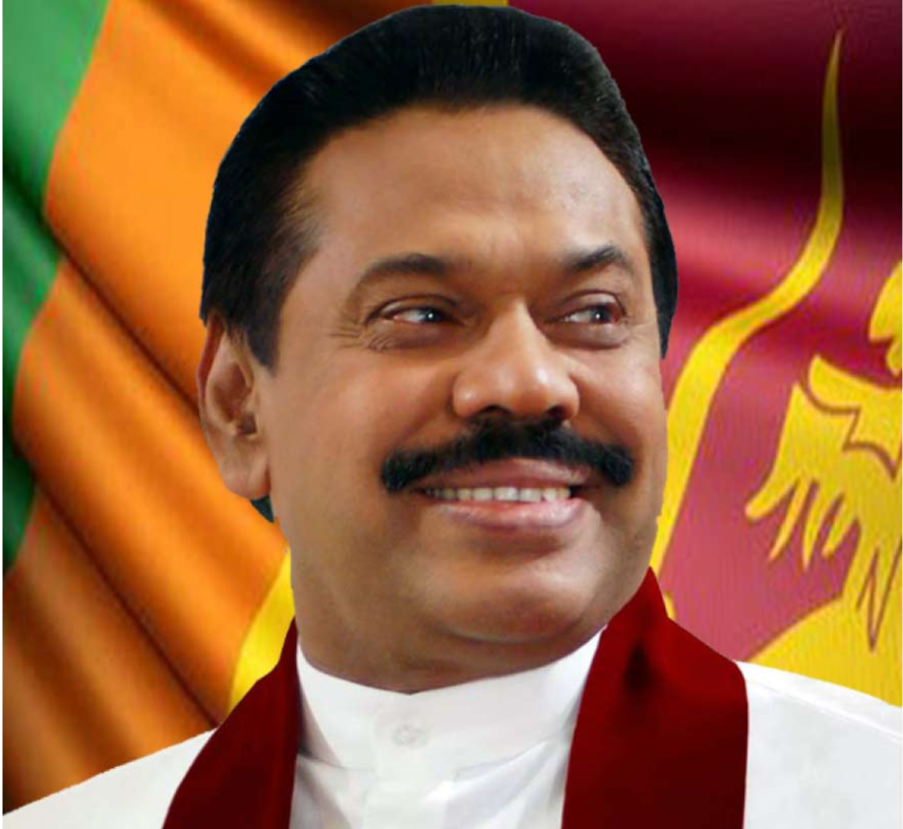
 OpinionExpress.In
OpinionExpress.In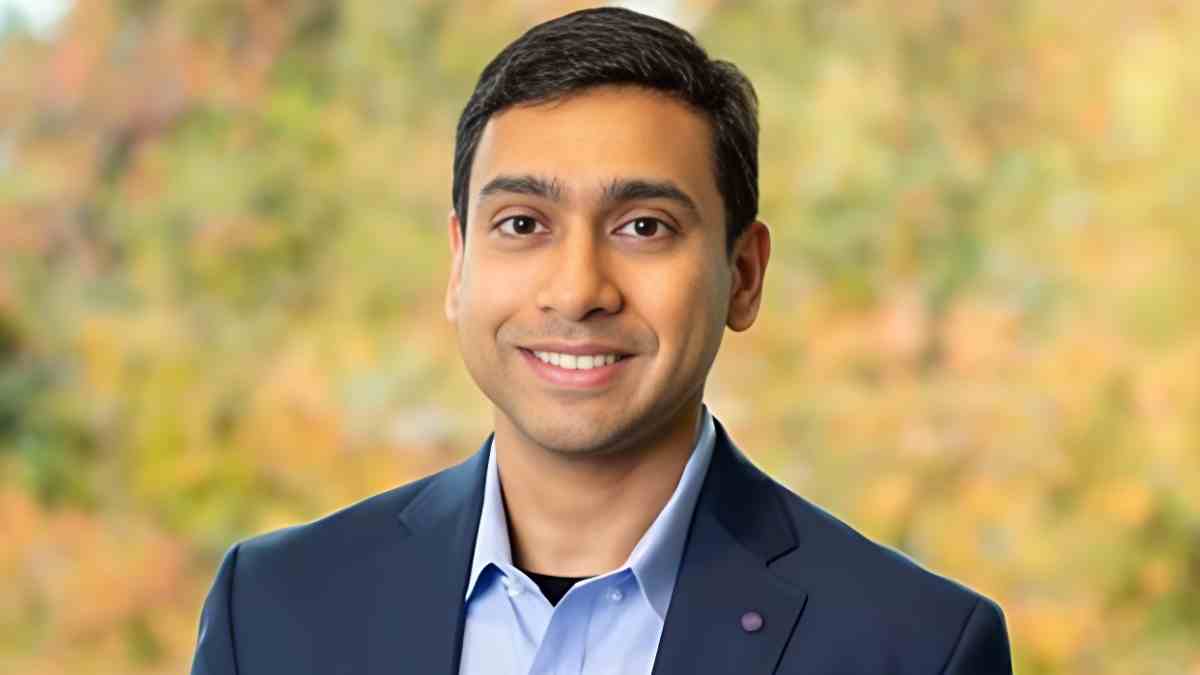
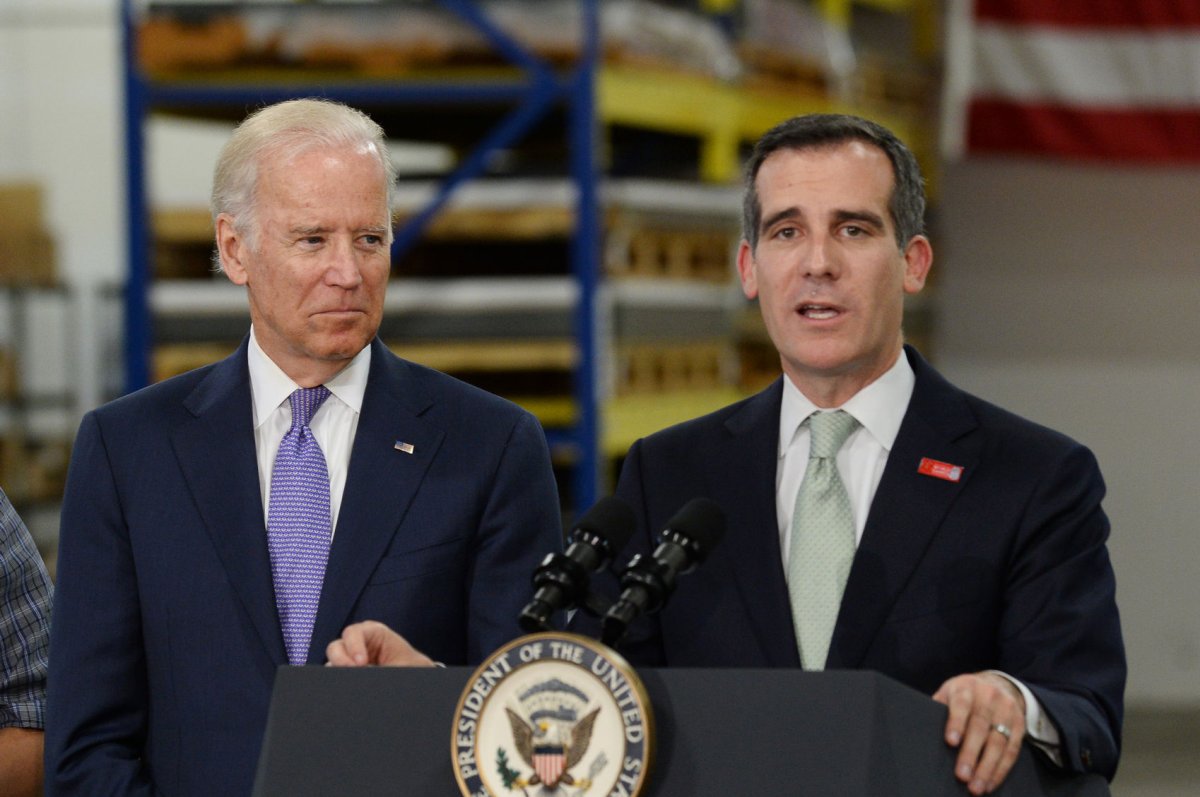

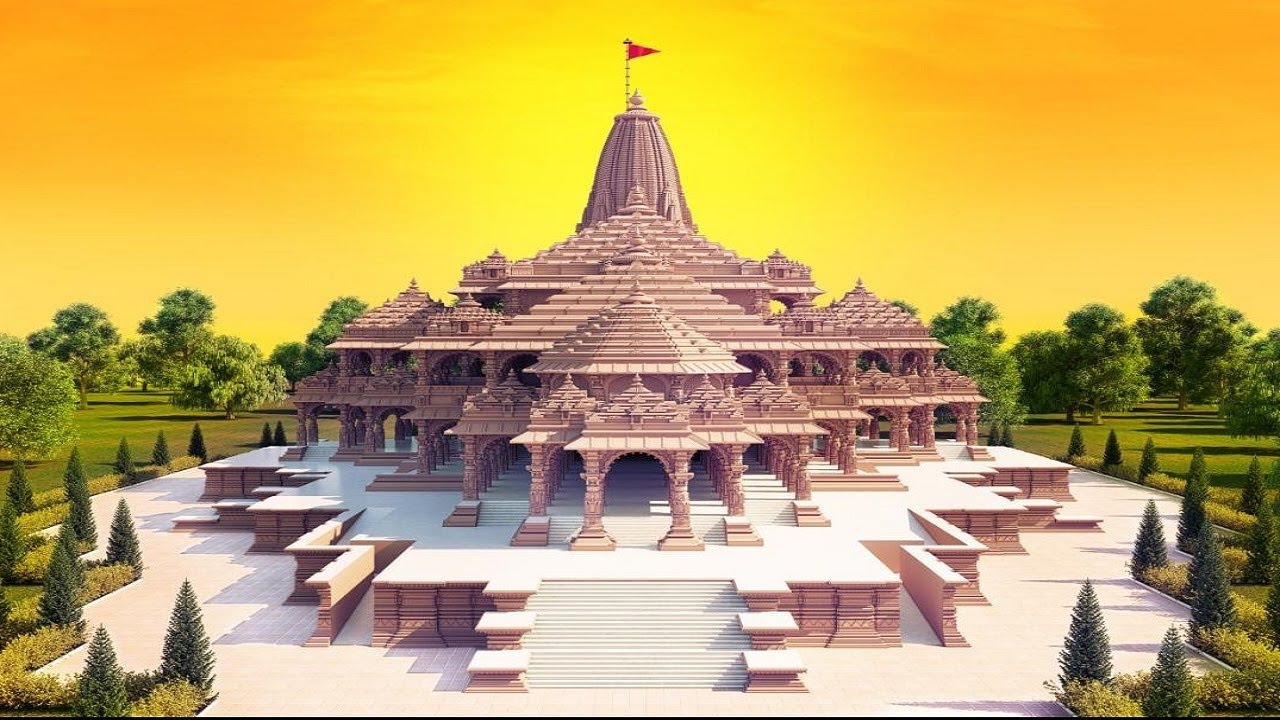
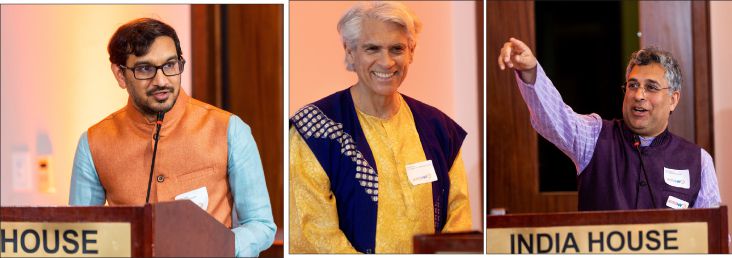
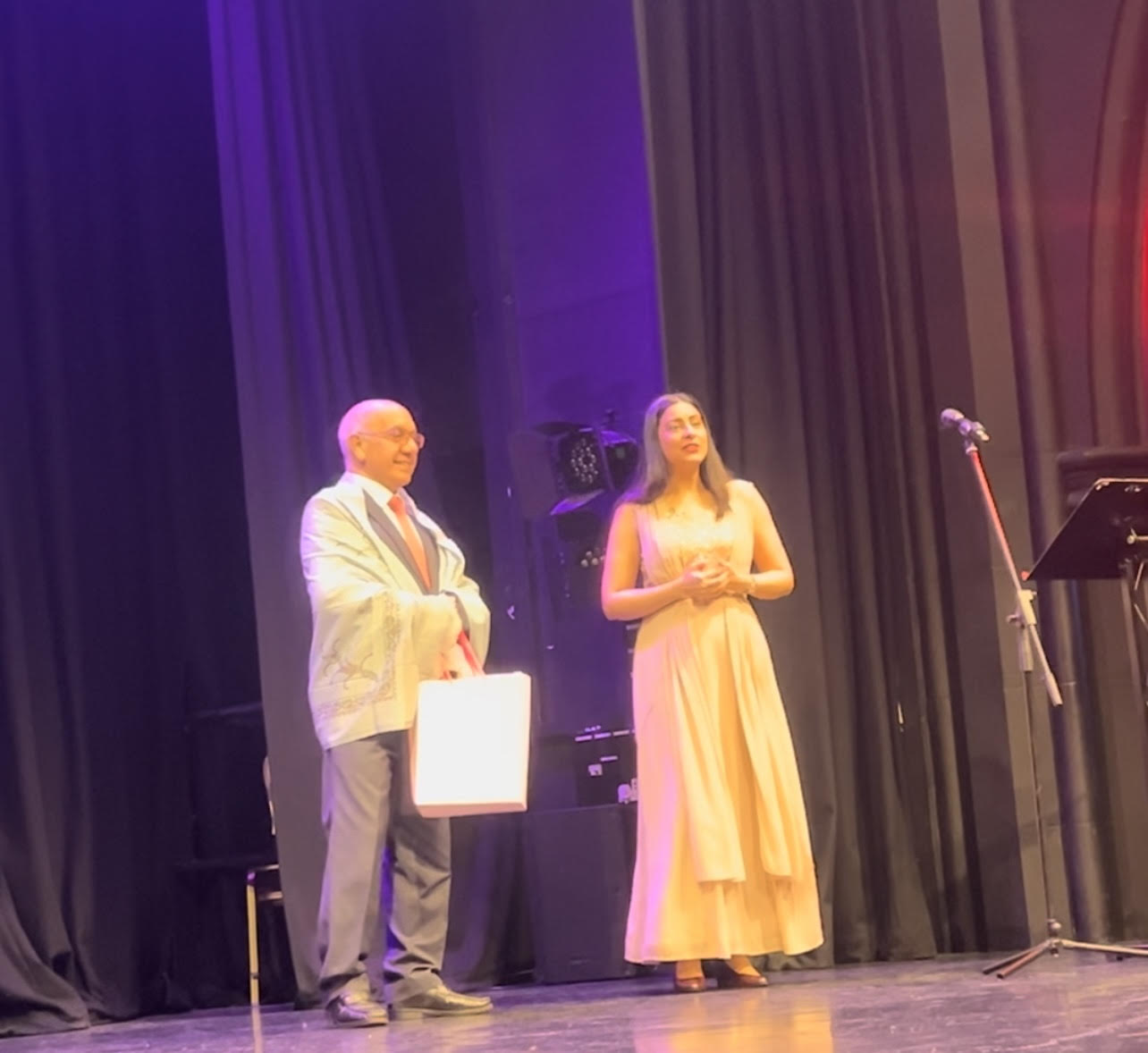
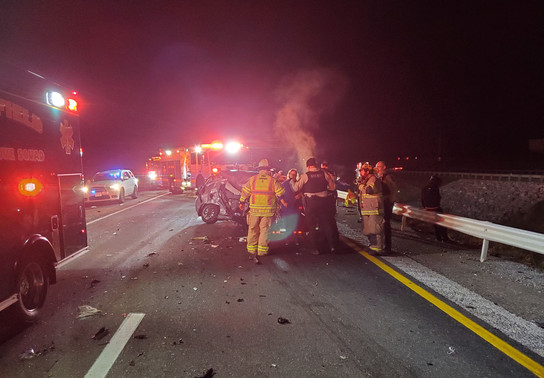
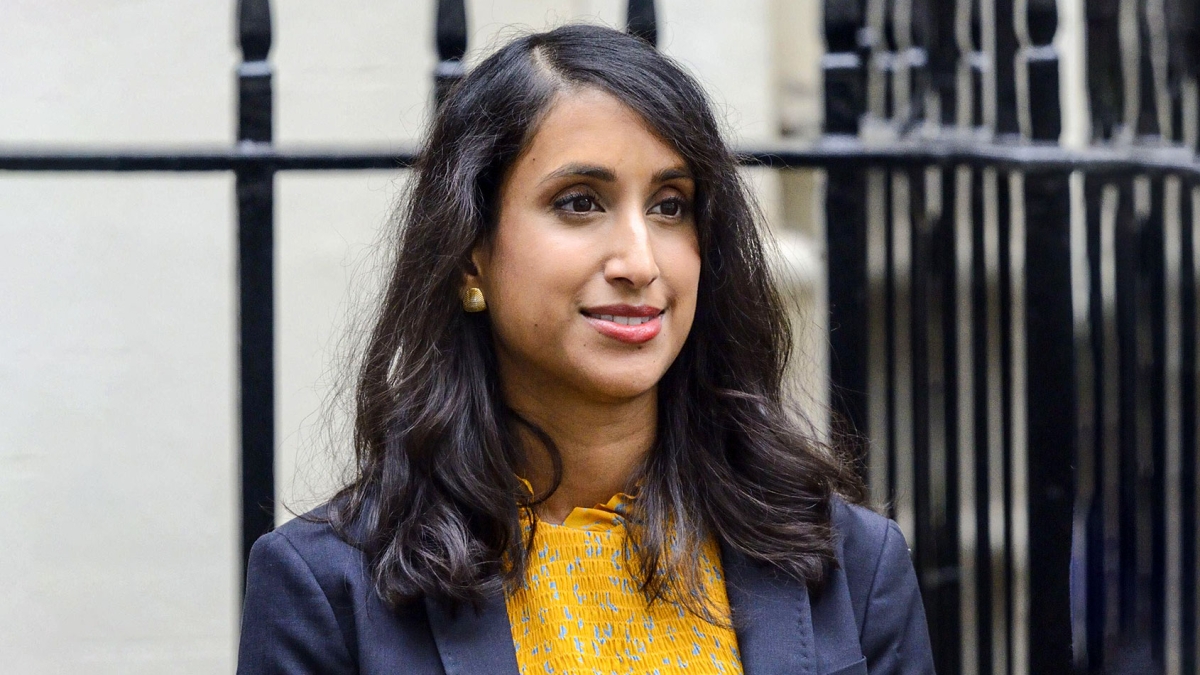

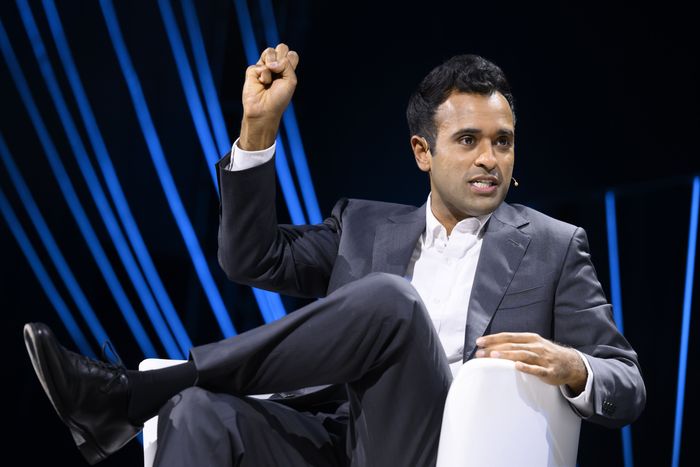






Comments (0)